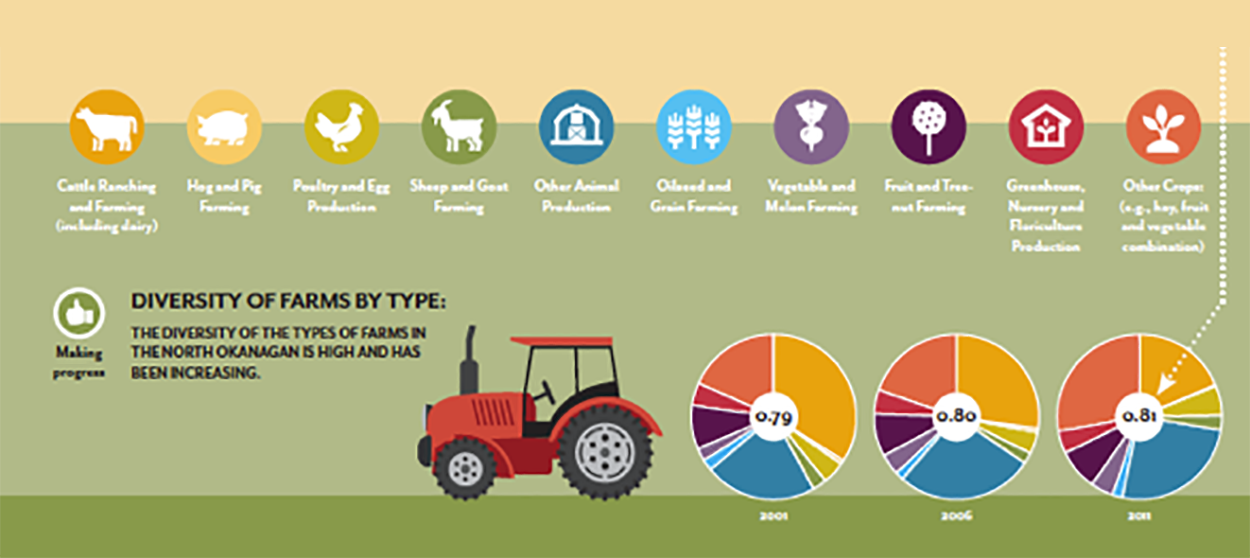Regional Growth Strategy Monitoring and Evaluation

Winner of the 2014 Award of Excellence for Applied Planning from the Planning Institute of BC, the Regional District of North Okanagan Monitoring and Evaluation Strategy is considered a best practice example of a monitoring and evaluation (M&E) program – one that is participatory, has learning as a core objective, and actively engages community members at various levels to be a part of the process. Project work included extensive research into regional M&E programs across North America, with a focus on those that had been updated so that lessons could be drawn from the changes made (as well as the rationale for those changes). This research fed into the development of an evaluation framework using seven criteria to screen out all but the most effective, appropriate and usable indicators. By carefully selecting indicators using these structured evaluation methods,the Regional District of North Okanagan(RDNO) is able to conduct ongoing M&E to ensure that their regional growth strategy is having the desired outcomes and make adjustments as required.The work also involved the development, delivery and analysis of a broad-based community “Quality of Life” survey that was completed by over 1,300 individuals.
In 2016/2017, with core funding from the Real Estate Foundation, EcoPlan led a research initiative with all three Regional Districts in the Okanagan to improve monitoring and evaluation of regional growth strategies in the broader region. The two-phase project involved first reviewing the 2013 monitoring and evaluation the RDNO framework developed in 2012/2013 to identify improvements to indicators, data collection and maintenance, as well as lessons-learned for use in regional monitoring and evaluation in other jurisdictions. The second phase involved working with partners from across the Okanagan-Similkameen to develop a monitoring and evaluation framework of inter-regional indicators for tracking progress on region wide issues (e.g. water basin management, biodiversity). These partners included:
- Regional District of Okanagan-Similkameen (RDOS)
- Regional District of Central Okanagan (RDCO)
- Okanagan Basin Water Board (OBWB)
- Okanagan Collaborative Conservation Program (OCCP)
- South Okanagan Similkameen Conservation Program (SOSCP)
Working with staff from the three regional districts, data was collected, interpreted, and visualized for both monitoring frameworks. Two final outputs of the work were visually engaging monitoring reports: The RDNO State of the Region and Okanagan State of the Basin.
